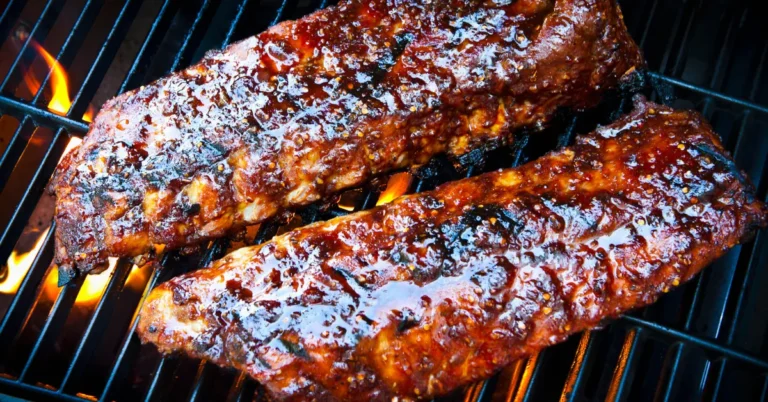Introduction
Smoking food is a culinary technique that has been employed by various cultures around the world for centuries. What started as a preservation method has evolved into a sophisticated culinary art that imparts rich flavors, tender textures, and an undeniable allure to dishes. In this blog post, we will take a journey through the history of smoking food, exploring its origins, development, and its present-day role in the culinary world.Ancient Beginnings
The practice of smoking food can be traced back to ancient civilizations, where it served as a means to extend the shelf life of perishable items in the absence of refrigeration. Early societies recognized that exposing food to smoke not only helped in preserving it but also enhanced its flavor. Ancient techniques often involved hanging meats or fish over open fires, allowing the smoke to infuse and protect the food.Native American tribes in North America are renowned for using smoking techniques to preserve game meats and fish. The indigenous peoples of the Americas would construct smokehouses, a tradition that is still observed in some parts of the world today. The combination of salt curing and smoking not only safeguarded food supplies but also resulted in distinct and delectable flavors that are still celebrated today.Evolution through the Ages
As civilizations advanced, so did the methods and tools used for smoking food. In medieval Europe, smokehouses became more sophisticated, and new wood types were explored for their unique smoky flavors. As seafaring explorations expanded, so did the exchange of smoking techniques, with explorers bringing the art of smoking back to their home countries from different corners of the world.The Industrial Revolution marked a turning point in the history of smoking food. With the invention of smokehouses equipped with chimneys, temperature control became more feasible. This allowed for a more consistent smoking process, reducing the risk of spoilage and improving the overall quality of smoked products. Smoking methods were refined, and the variety of foods subjected to this treatment expanded beyond meats and fish to include cheeses, vegetables, and even spices.Flavors and Techniques
Different cultures developed unique smoking techniques that influenced their regional cuisines. For example, in the southern United States, barbecue culture emerged, where slow-smoked meats—often accompanied by distinctive sauces—became a hallmark of American culinary identity. In Asia, smoking was integrated into cooking methods such as Chinese tea-smoking and Indian tandoori cooking, each bringing its own aromatic profile to dishes.Modern Revival
While the necessity for smoking food as a preservation method has diminished in the era of refrigeration, the art of smoking has experienced a revival due to its remarkable ability to enhance flavors and textures. Modern chefs and home cooks alike experiment with various wood chips, herbs, and spices to create unique smoking blends that infuse foods with a range of enticing tastes.Smoking methods have also evolved with technology. Electric smokers, pellet grills, and advanced smokehouse designs have made the process more accessible and precise. This has allowed for greater creativity in the culinary world, with smoked foods appearing in fine dining establishments, gourmet markets, and backyard barbecues alike.Conclusion
The history of smoking food is a testament to the ingenuity and creativity of humans throughout the ages. What began as a means of preservation has transformed into a culinary art form celebrated globally. As technology and culinary exploration continue to advance, we can only anticipate that the tradition of smoking food will evolve even further, introducing new flavors, techniques, and experiences to delight our palates. Whether in a traditional smokehouse or a contemporary kitchen, the allure of smoked foods remains as captivating as ever.